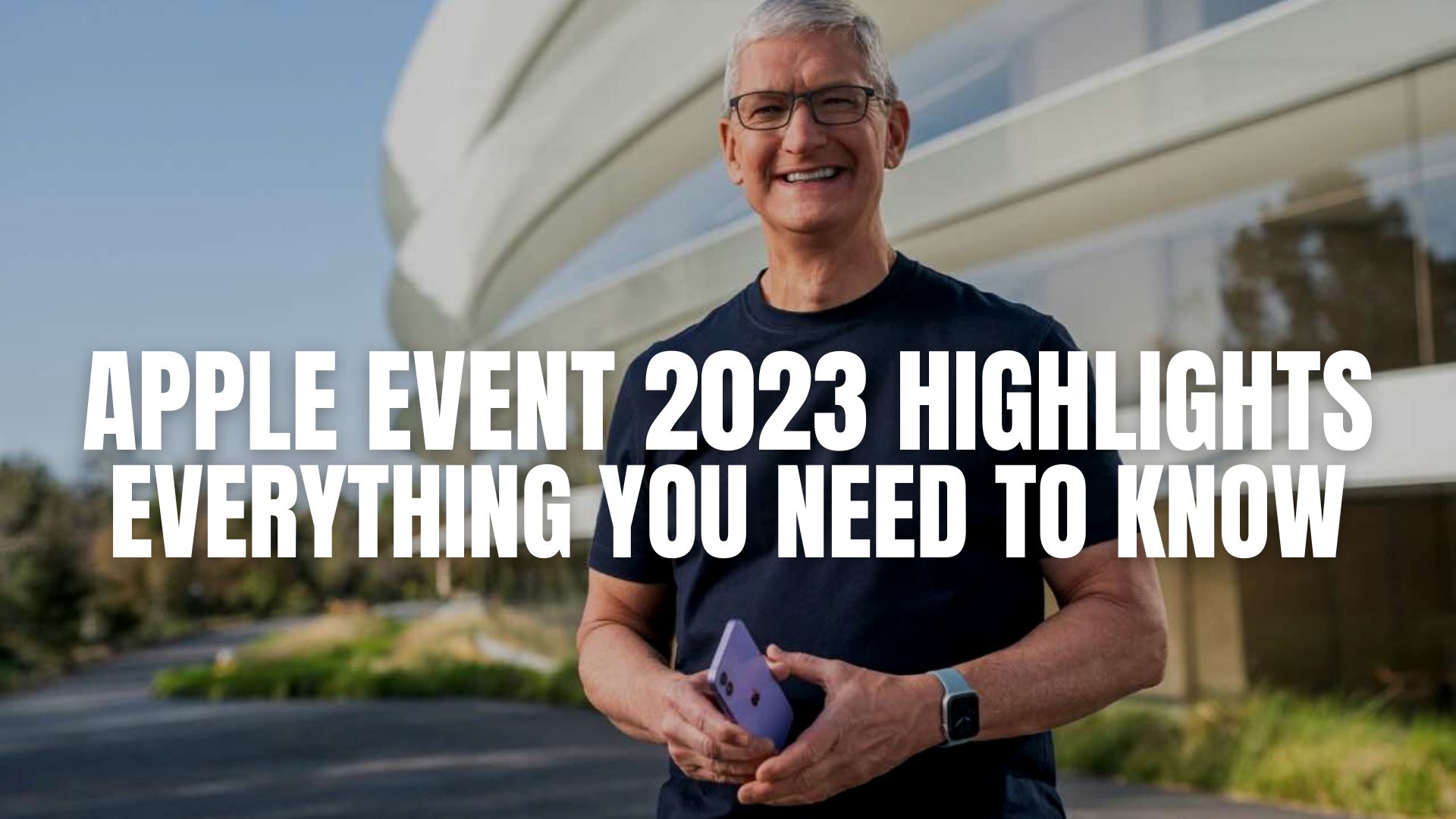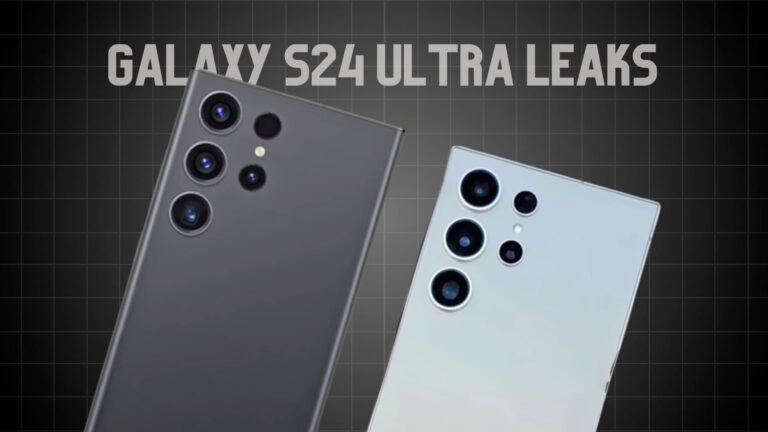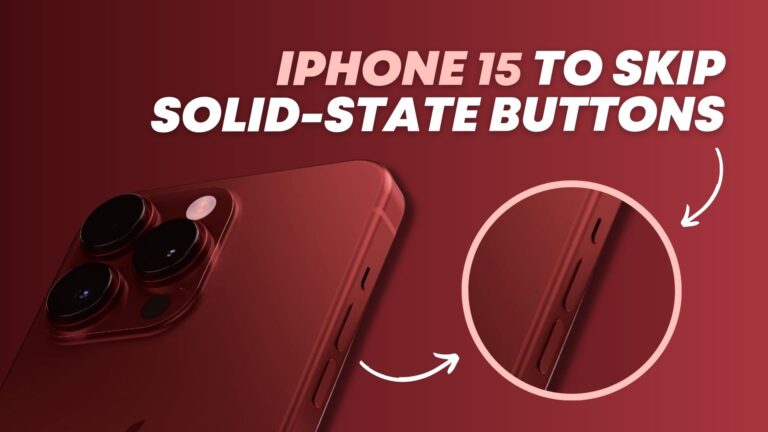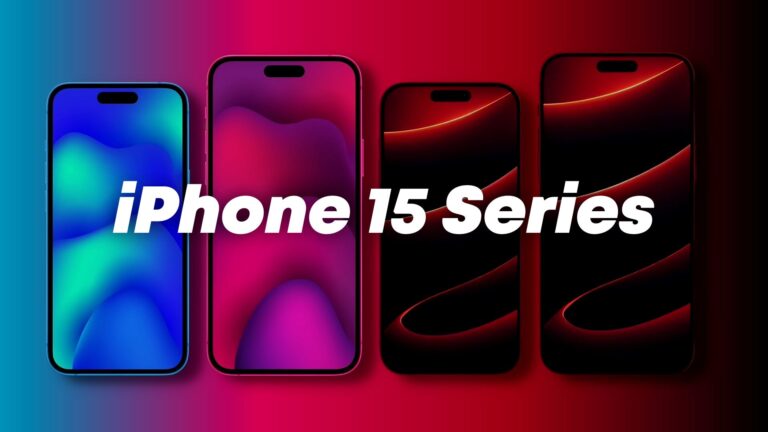During the Wonderlust Apple 2023 event, Apple officially introduced the eagerly awaited iPhone 15 series. In addition, they showcased the Apple Watch Series 9 and the Apple Watch Ultra 2. These are some of the standout announcements from Apple this year.
Apple Watch Series 9
I thought that Apple wouldn’t release the Watch Series 9. However, they’ve surprised me with its launch. The most notable feature is its new S9 chip, replacing the S8 chipset found in the previous model. This S9 chip boasts an impressive 5.6 billion transistors and offers a 30% boost in CPU speed. Additionally, its neural engine is twice as fast. Yet, despite these advancements, the battery life remains at 18 hours, which is consistent with the Series 7, 6, and 5. This aspect is somewhat disappointing.

Design-wise, the Series 9 doesn’t deviate much from its predecessors. It’s hard to distinguish it from the Series 8 or Series 7. However, it’s packed with new features. For instance, Siri is now available directly on the device, eliminating the need for an internet connection. The dictation feature has been enhanced, and with Siri’s health integration, you can inquire about your sleep patterns and workout details.
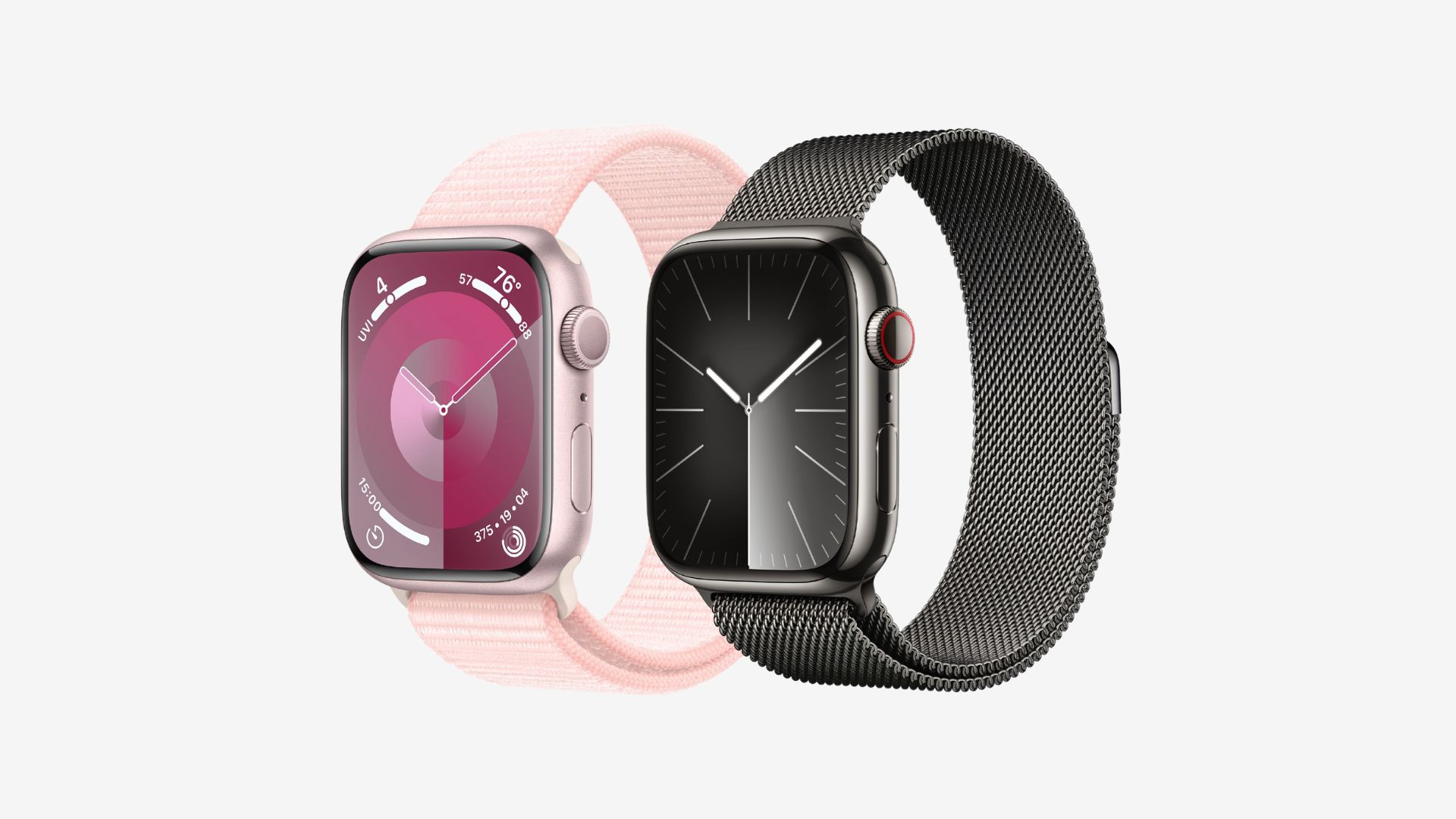
With the upcoming release of watchOS 10, users will be introduced to the “name drop” feature, previously seen in iOS 17 for iPhones. The watch also incorporates a 2nd generation ultra-wideband chip, enhancing its compatibility with Vision Pro and making it easier to locate your watch, AirTags, and iPhones.
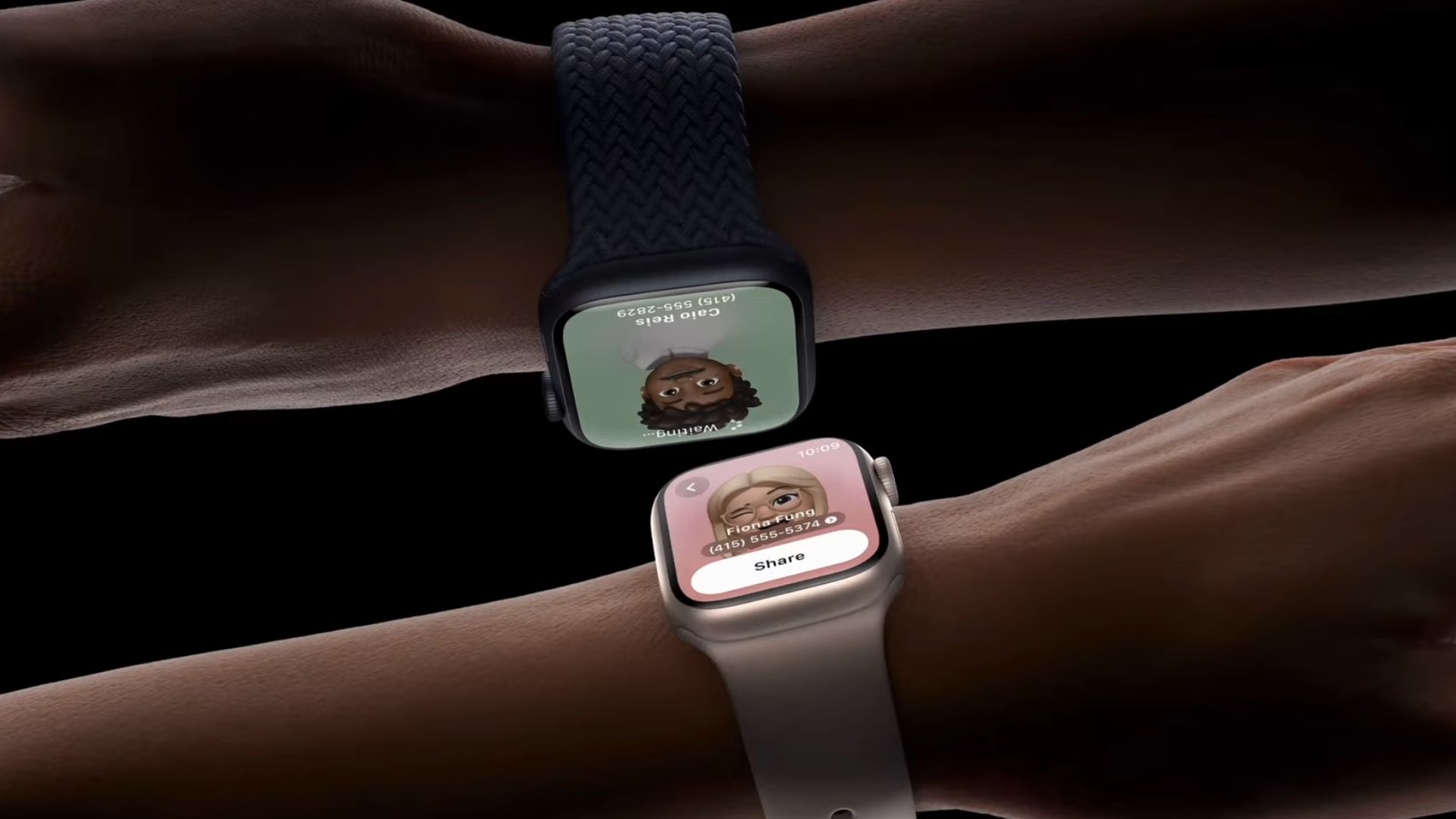
One significant improvement is the display brightness, which is now double that of the Series 8, offering 2000 nits. Remarkably, even at this increased brightness, the battery consumption remains unchanged. The minimum brightness can be reduced to 1 nit.
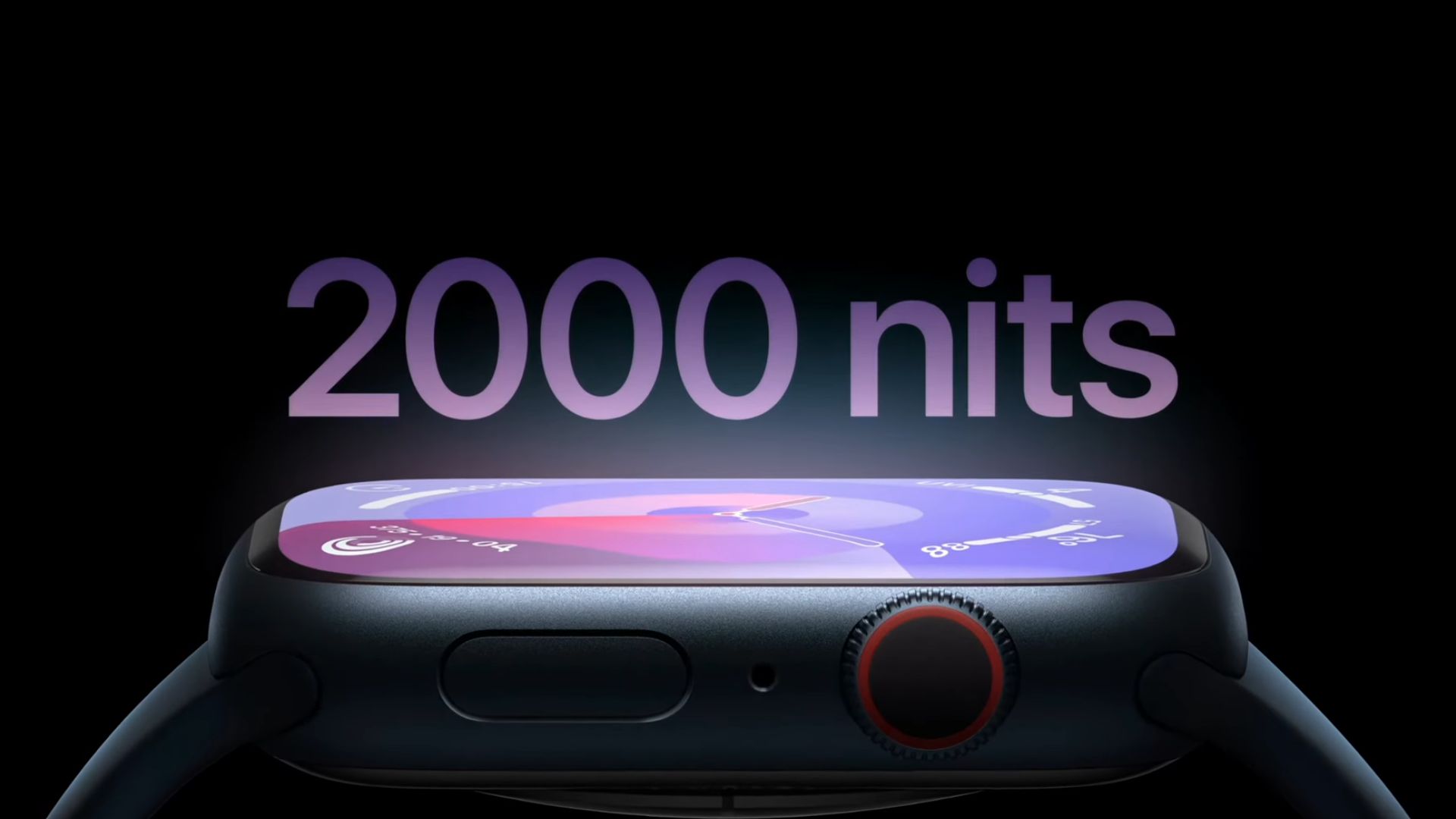
A new interaction feature introduced with the Series 9 is the “double tap.” By tapping two fingers, users can answer or end calls, pause music, snooze alarms, and switch widgets.
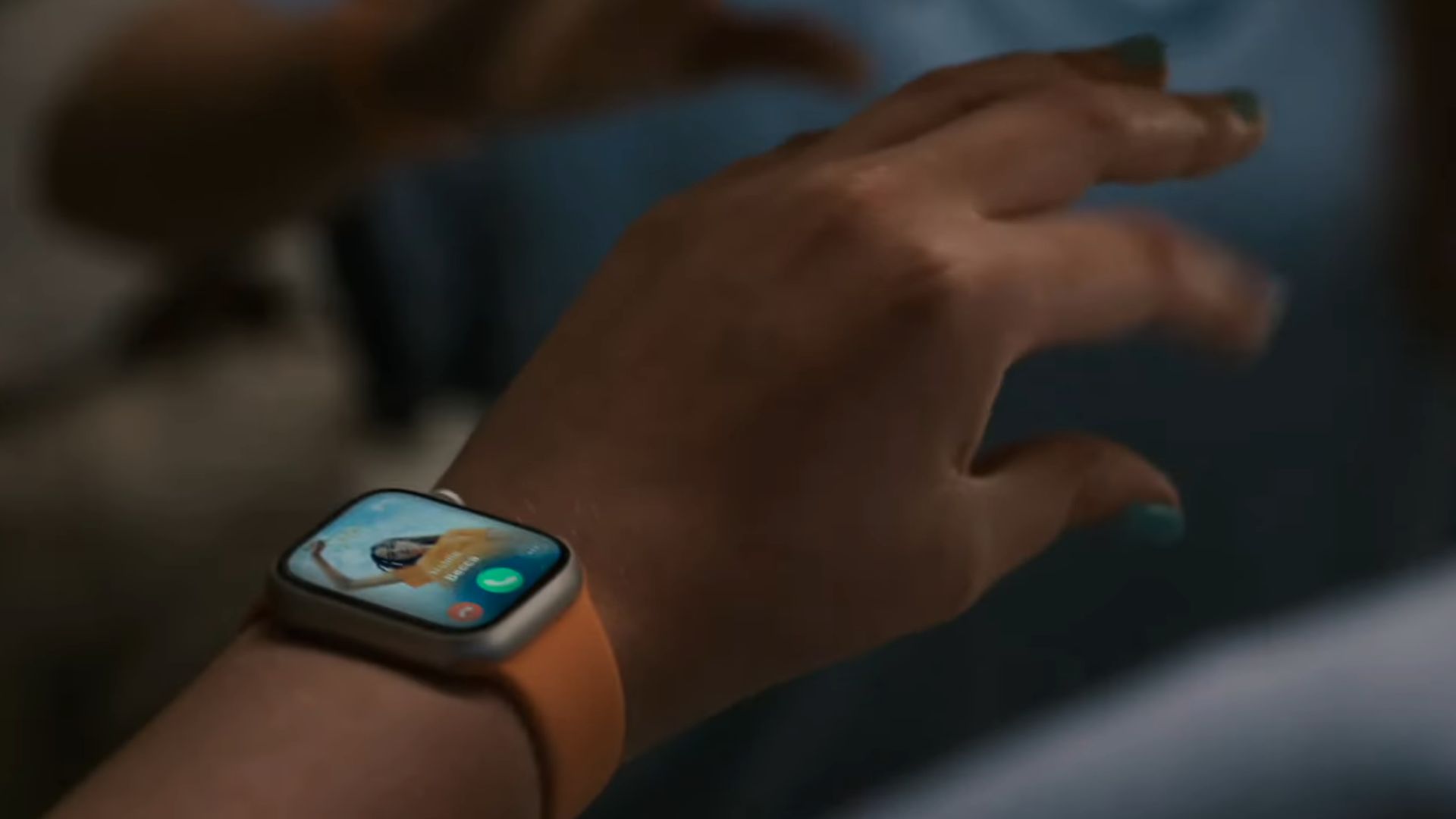
The Series 9 is available in five colors, with pink being the latest addition. The other colors are starlight, midnight, silver, and product red. Notably, Apple has phased out leather in their recent products, opting for a new material called “fine woven.” As a result, the watch bands are now made of this material, including the Apple Hermes bands. Nike’s bands, on the other hand, are crafted from recycled materials.
The Apple Watch Series 9 is available in 41mm and 45mm sizes, with the GPS model starting from $399.
Apple Watch Ultra 2
The successor to the Apple Watch Ultra 1 is the Apple Watch Ultra 2. At first glance, there’s no discernible difference in design between the two models. It would be challenging to distinguish whether someone is wearing the Ultra 1 or Ultra 2 based solely on appearance. However, the Ultra 2 houses the new S9 chipset and also features the second-generation Ultra Wideband chipset. Additionally, it incorporates the “double tap” feature, enhancing its utility.
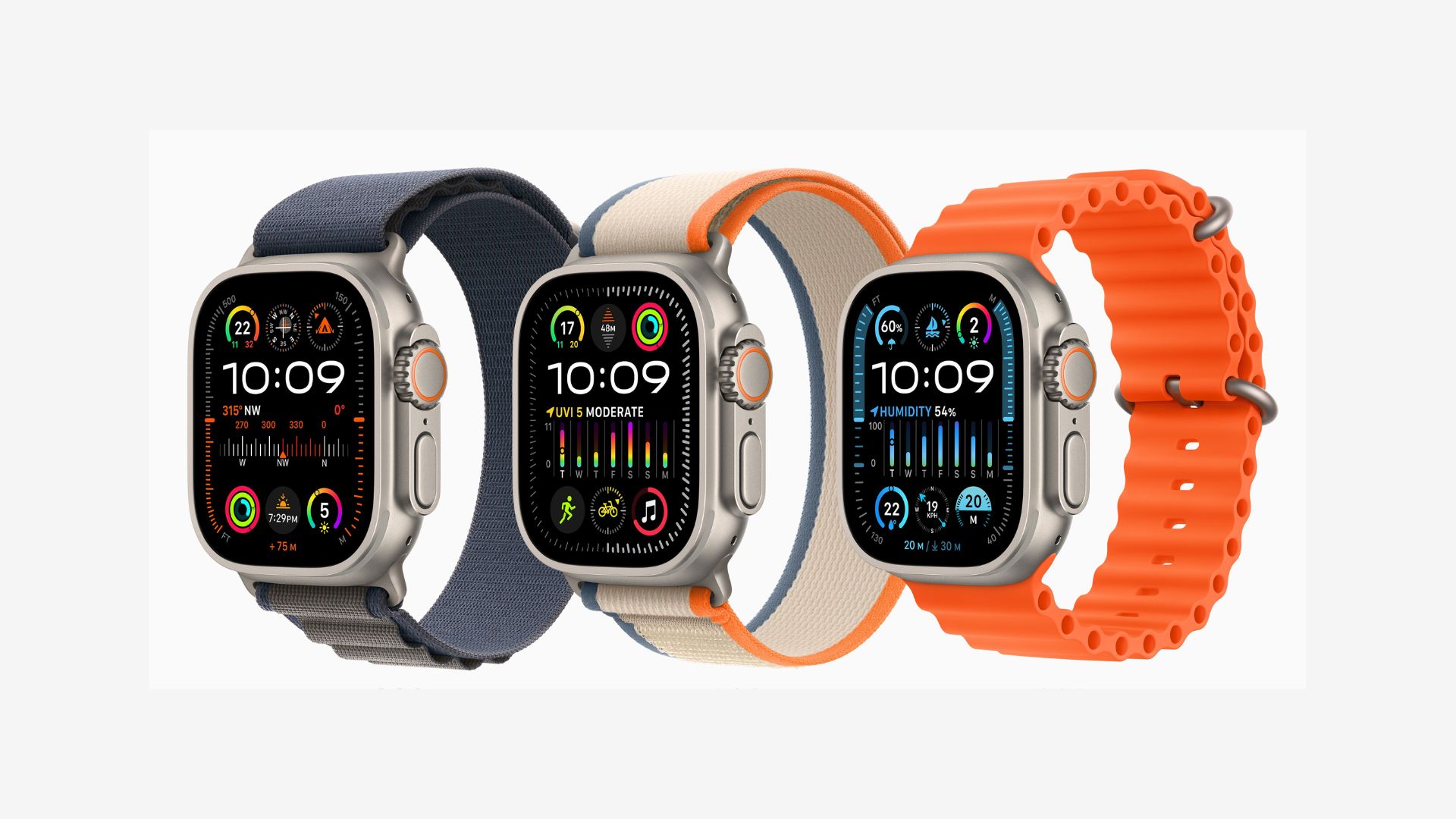
Apple has boosted the display brightness from 2000 nits in the Ultra 1 to 3000 nits in the Ultra 2, ensuring improved outdoor visibility. While this enhancement might seem unnecessary to some, it’s a commendable upgrade. Accompanying this new model is a compatible watch face named the “Modular Ultra Face.” This face introduces an automatic night mode, eliminating the need to manually activate it using the digital crown.
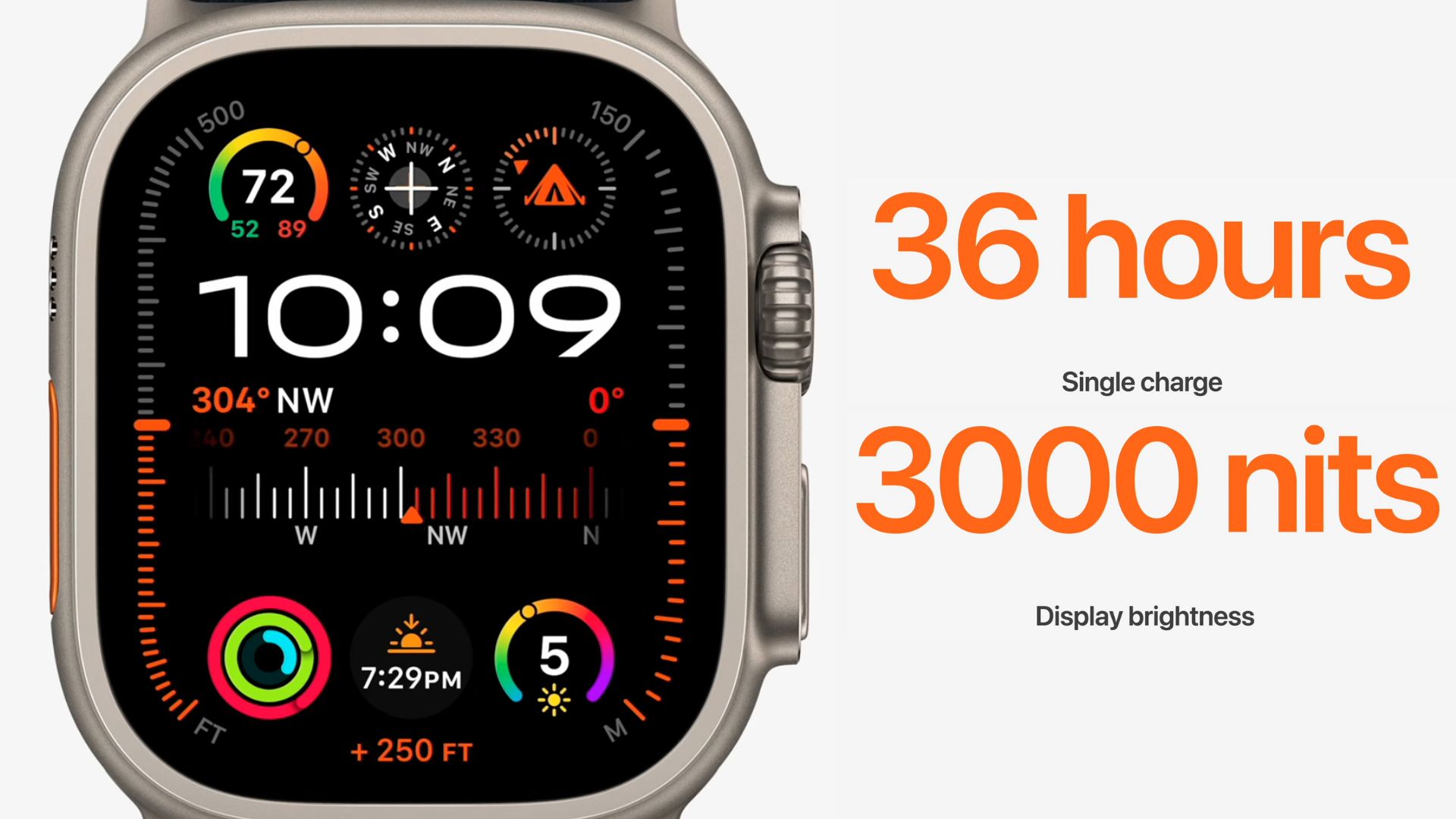
For those who use their Apple Watch Ultra for workouts, there’s an added benefit. Your live activity will automatically be displayed on the dynamic island of your iPhone. However, the battery life remains consistent with the Ultra 1, offering 36 hours of regular use and up to 72 hours in low power mode.
The Apple Watch Ultra 2 is priced at $799, which is the same as its predecessor, the Ultra 1. Apple has also retained the Watch SE in their lineup, with the base variant priced at $249. Notably, Apple has decided to discontinue all other watch models from their lineup.
iPhone 15 & iPhone 15 Plus
The most significant change Apple has introduced is the absence of the notch in the iPhone 15 series. Instead, it features a Dynamic Island, similar to the 14 Pro. The Super Retina XDR display retains the same resolution as the 14, but the brightness has been enhanced to 1600 nits for viewing LDR content. The peak outdoor brightness matches the iPhone 14 Pro Max at 2000 nits, ensuring exceptional outdoor visibility. The display sizes remain consistent with the 14 series, at 6.1 inches and 6.7 inches.
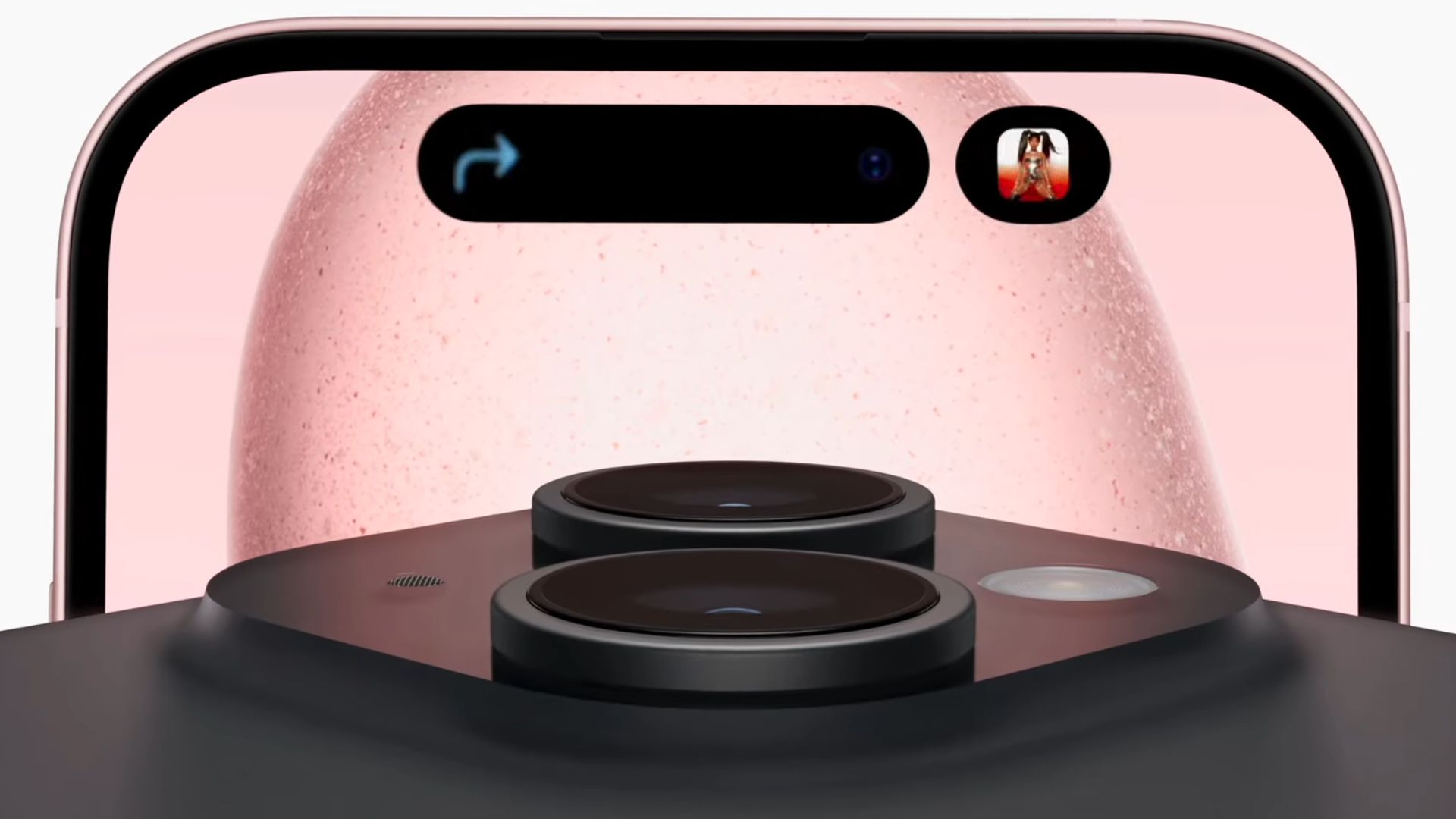
Apple has refined the sharp edges from the 14 series for a more comfortable grip. The back glass is now flat, but the side frame is contoured to prevent discomfort. The shiny back glass has been replaced with a color-infused variant, giving it a frosted matte finish. This not only looks stunning but also resists fingerprints, offering a premium look even without a case. Apple has incorporated more recycled materials in this model.
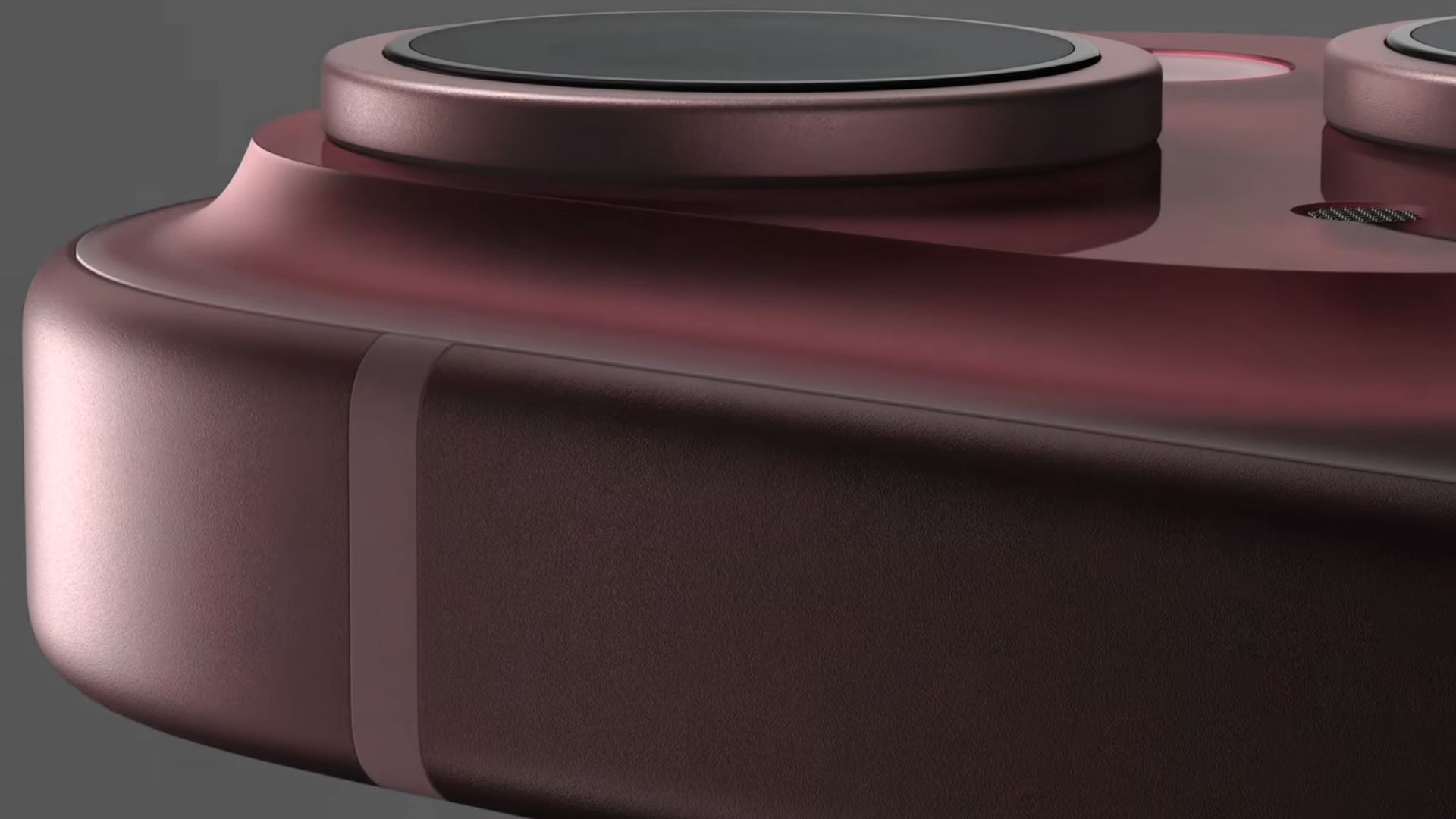
Both models share the same camera system. However, the camera resolution has jumped from 12 megapixels to 48 megapixels. Standard mode photos will be 24 megapixels, thanks to pixel binning technology, ensuring high-quality images without excessive file sizes. The 48-megapixel main sensor allows for 2x telephoto zoom, producing high-resolution 12-megapixel images. For the first time, Apple hasn’t included a separate telephoto lens in a non-pro model. Instead, users can crop the 48-megapixel sensor to achieve a 12-megapixel image, which was the standard resolution in the iPhone 14 series.
The iPhone 15 and 15 Plus now feature Sensor Shift Image Stabilization, ensuring enhanced video stabilization. Continuous zoom is also available when recording videos, allowing for cinematic creations. Portrait shots have been improved with next-generation technology. With enhanced machine learning, the camera can capture better portrait photos of both humans and animals. Apple has also introduced focus and depth control, enabling post-capture focus adjustments. Night mode has been enhanced, all powered by the A16 chipset, previously seen in the iPhone 14 Pro and Pro Max.
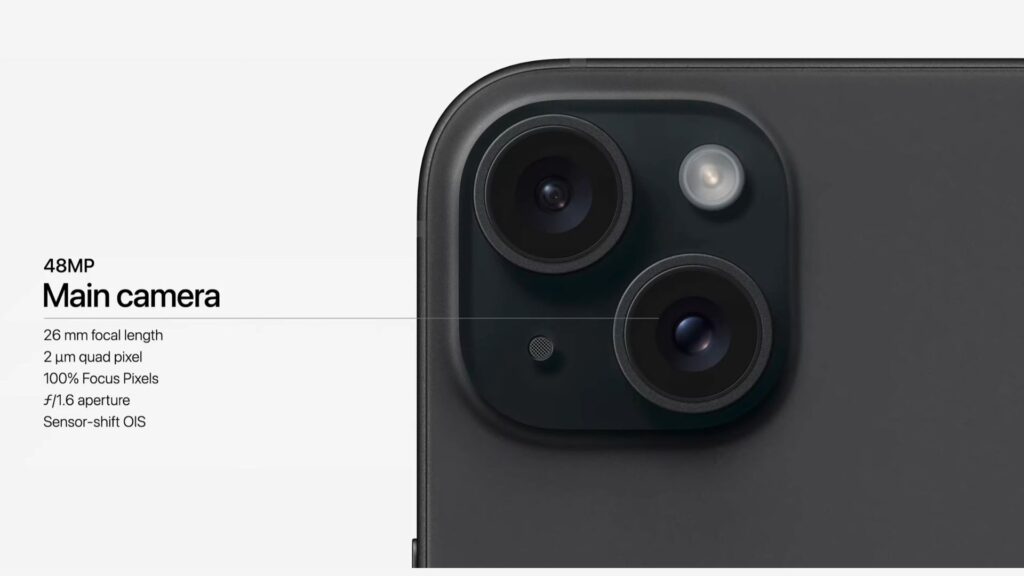
The iPhone 15 series comes with larger battery, though Apple hasn’t specified its size. Estimates suggest a 14-18% increase, promising extended battery life. The new chipset also ensures greater efficiency. Like the watches, the iPhone 15 series includes a second-generation Ultra-Wideband chipset for precision finding and improved compatibility with Vision Pro.
A notable addition is Roadside Assistance via Satellite. This service will be free for two years with the purchase of the iPhone 15. In case of emergencies in remote areas without network coverage, users can request assistance through satellite communication.
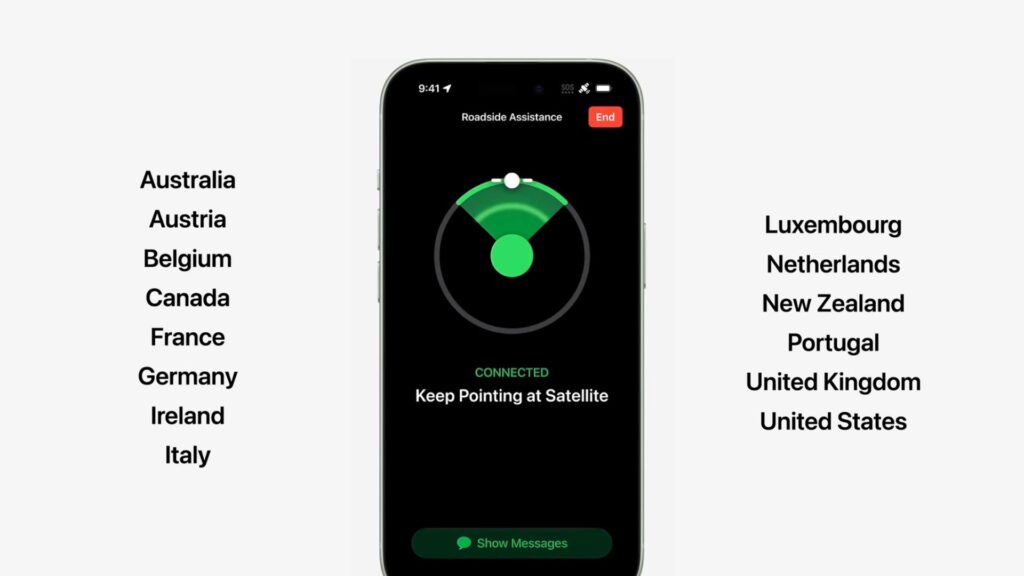
Another first for iPhones is the inclusion of a USB-C port, replacing the lightning port. However, it operates at USB 2.0 speeds. This port allows for wired charging of other devices, such as AirPods, or even reverse charging an Apple Watch. Apple has also introduced new fine woven cases, eliminating leather and retaining silicon in their lineup.
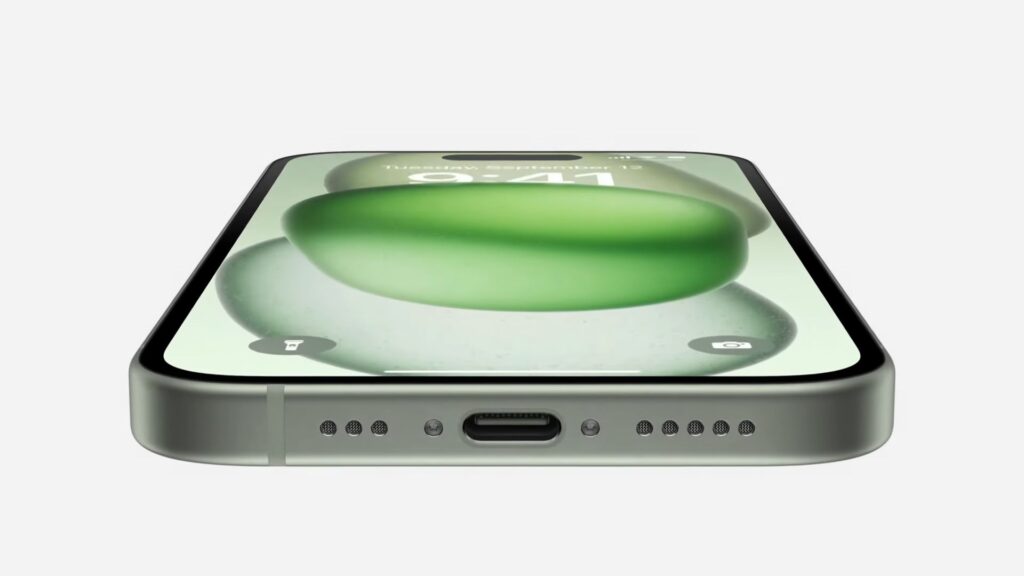
However, some may be disappointed with the absence of the ProMotion display, 120Hz or 90Hz refresh rates. The iPhone 15 series maintains a standard 60Hz refresh rate. Features like ProMotion and Always-On Display are reserved for Pro models. The iPhone 15 and 15 Plus come in three storage variants: 128GB, 256GB, and 512GB. They are available in five colors: Pink, Yellow, Green, Blue, and Black. The pricing remains consistent with their predecessors: $799 for the iPhone 15 and $899 for the iPhone 15 Plus.
iPhone 15 Pro & iPhone 15 Pro Max
For the first time, Apple has incorporated Grade 5 Titanium instead of stainless steel for the frame. This is the same titanium alloy, infused with aluminum, used in the Mars Rover. As a result, the iPhone 15 Pro and Pro Max are set to be the lightest Pro models Apple has ever produced. The contoured edges ensure the sharp edges don’t cause discomfort. The devices come in two sizes: 6.1 inches and 6.7 inches. Apple has slightly reduced the bezels, leading to a marginally smaller form factor. The titanium sides feature a brushed texture, which looks incredibly elegant. Four color options are available: Black Titanium, White Titanium, Blue Titanium, and Natural Titanium.
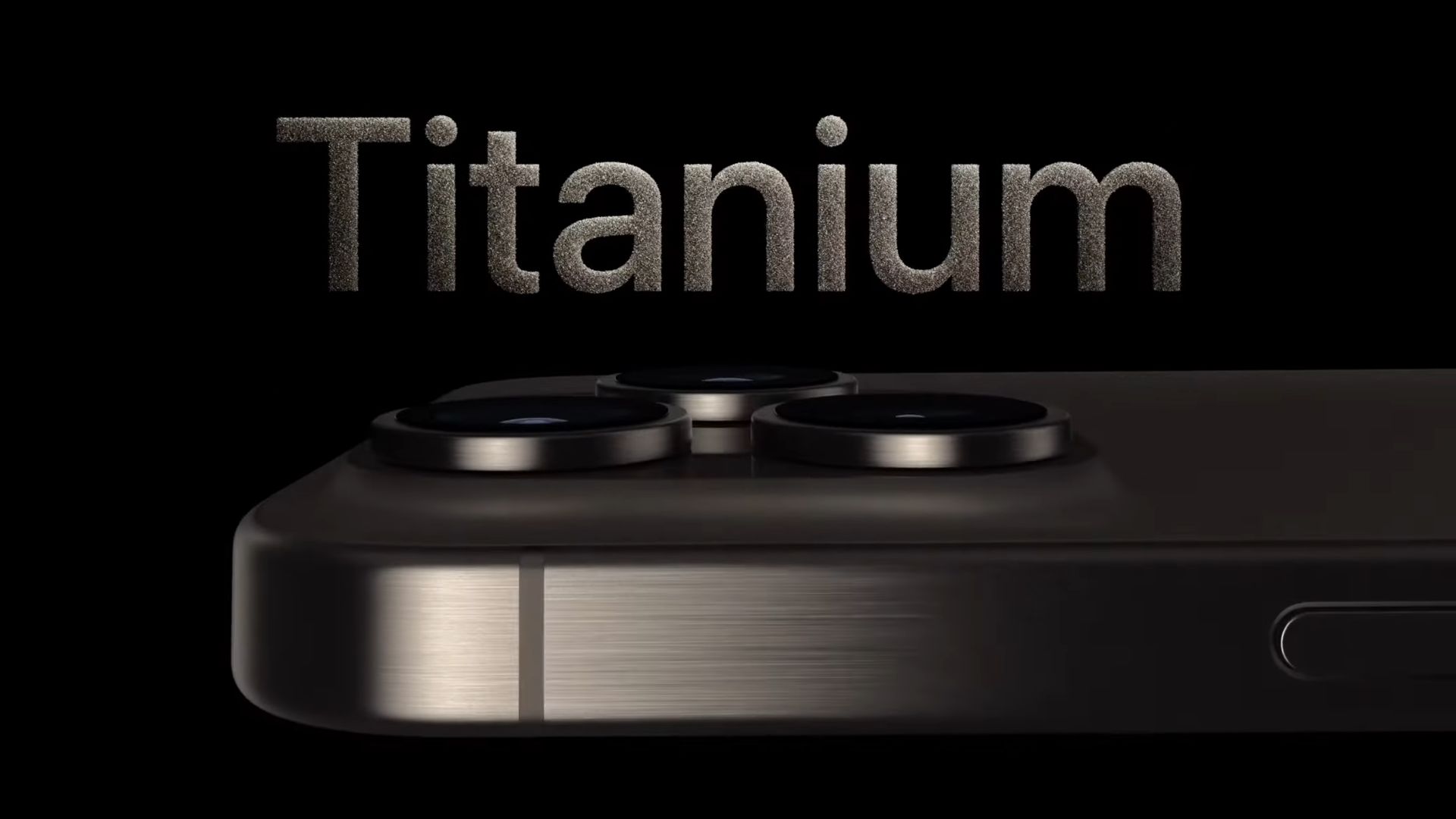
A significant structural change makes the back glass more easily replaceable, potentially reducing repair costs. Another major change is the replacement of the traditional silent button with a new action button, reminiscent of the Apple Watch Ultra. This button is customizable, offering a range of functions from silencing the phone to launching the camera.
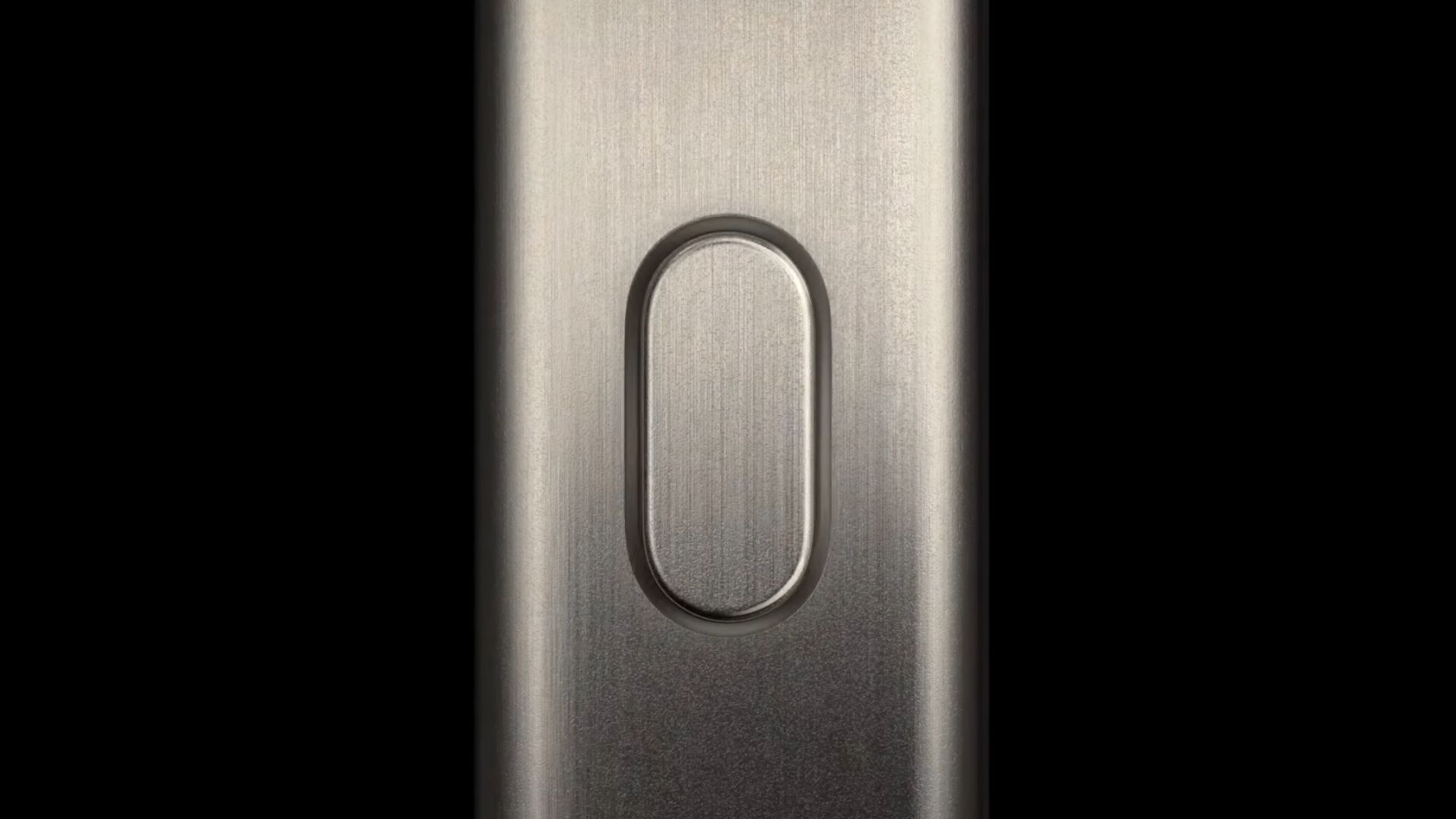
The iPhone 15 Pro and Pro Max retain the ProMotion display from the 14 Pro series, along with the Always-On Display. Powering these devices is the latest A17 Pro Chipset, the first smartphone chipset with a 6-core CPU and a 16-core neural engine. This chipset introduces the Apple Pro Class GPU, equipped with a 6-core GPU, Mesh Shading Technology, and Hardware Accelerated Ray Tracing. This ensures next-level gaming performance, even supporting console-quality games like Resident Evil 4.
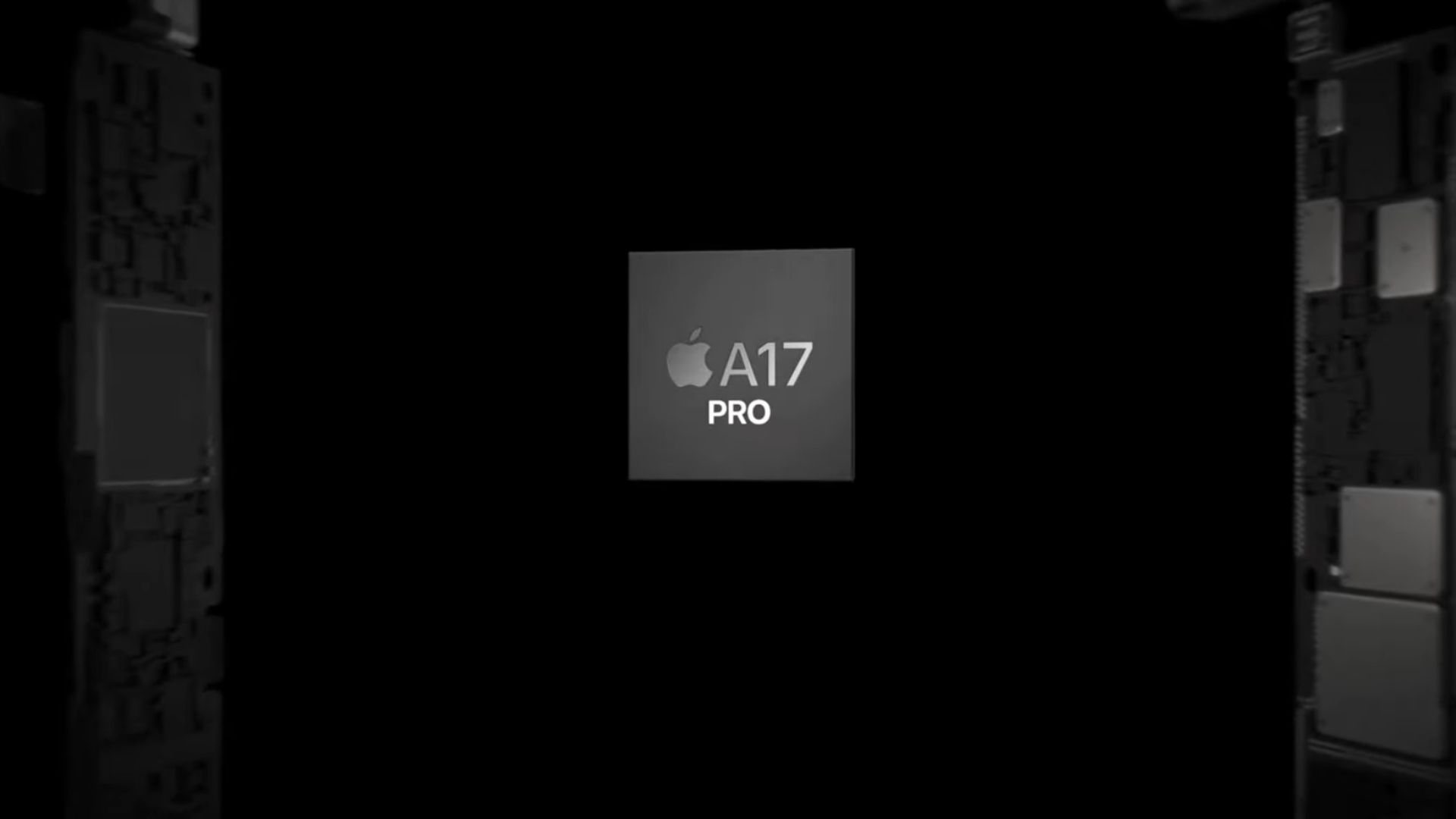
The camera system has seen significant upgrades. Both models feature a 48MP main sensor, but the Pro Max boasts a 5x telephoto zoom lens. This lens uses a tetraprism design due to its 120mm focal length. The Pro model, on the other hand, offers a 3x telephoto zoom lens. Both devices utilize 3D Sensor Shift Image Stabilization for enhanced stabilization. Another innovative feature is the ability to record 3D or “special” videos, which can be viewed using Apple’s Vision Pro.
A notable difference between the two models is in storage options. The iPhone 15 Pro starts at 128GB, with options of 256GB, 512GB, and 1TB. The 15 Pro Max begins at 256GB, with the same subsequent options. The pricing remains consistent with their predecessors: $999 for the iPhone 15 Pro and $1199 for the iPhone 15 Pro Max.
Airpods Pro 2nd Gen with Type-C Port
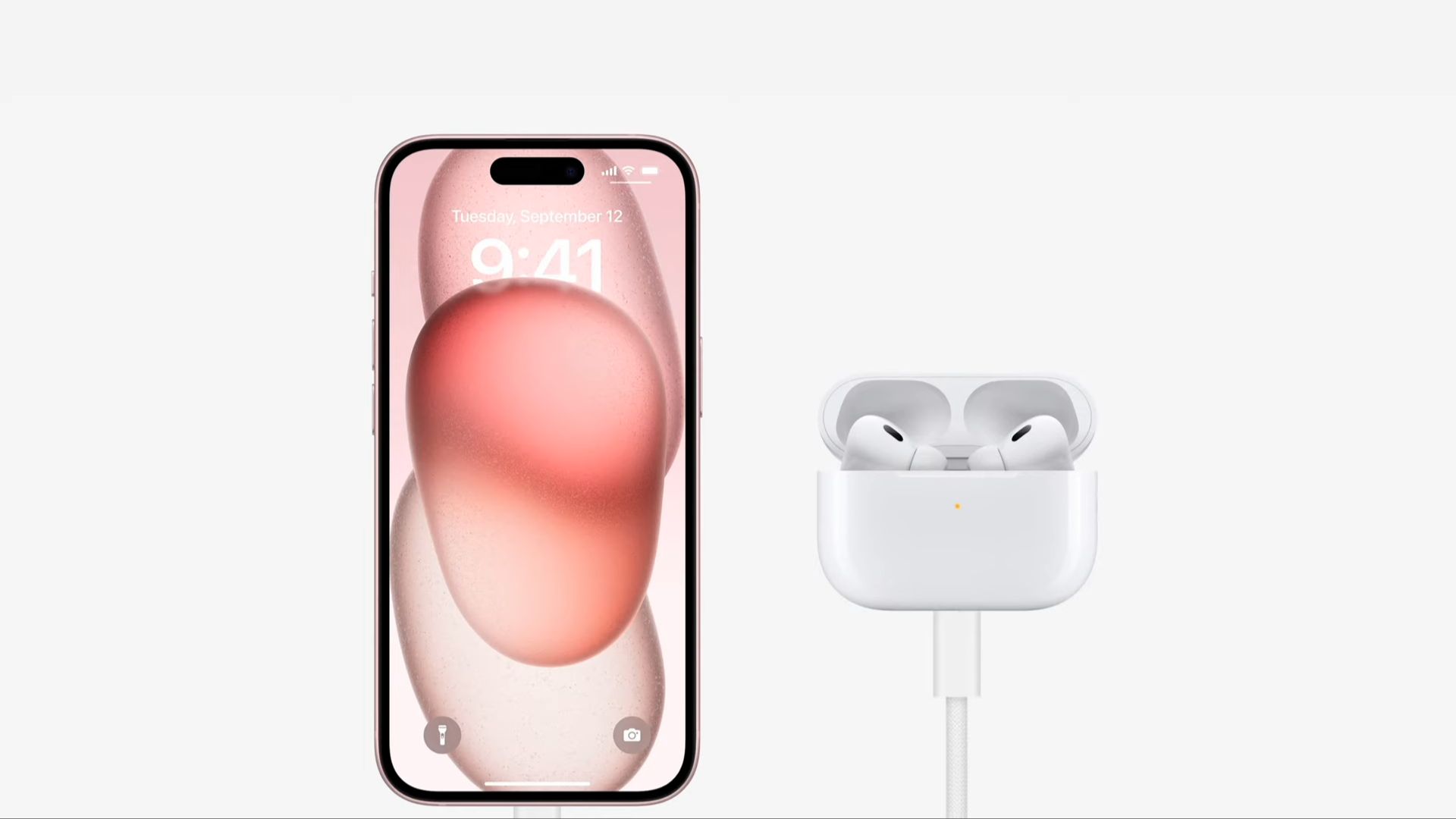
Apple has discreetly introduced another product: the AirPods Pro 2nd Generation with a Type-C port. There’s no discernible difference between this and the previous AirPods Pro 2nd Generation. If you already own the latter, there’s no compelling reason to upgrade. However, if you don’t have a pair yet, this new variant might be worth considering. It’s priced at $249.
